Announcer:
A PBS Wisconsin original production. The following program is part of our “Here & Now” 2020 election coverage.
Tony Evers:
Today, I have declared a public health emergency to address the outbreak of COVID-19 in the state of Wisconsin.
Frederica Freyberg:
Governor Tony Evers responds to the growing number of coronavirus cases in Wisconsin and today calls to close schools statewide effective Wednesday. I’m Frederica Freyberg. Tonight on “Here & Now,” Wisconsin Health Secretary-designee Andrea Palm is here. UW-Madison will go to online instruction only after next week’s spring break. We’ll hear from a UW-Madison official who oversees student health services. And a leading expert in infectious disease takes us through what’s at stake for older people. It’s “Here & Now” for March 13.
Announcer:
Funding is provided by the Focus Fund for Journalism and Friends of PBS Wisconsin.
Frederica Freyberg:
Governor Tony Evers declared a public health emergency a day ago and today President Donald Trump declared a federal state of emergency, freeing $50 billion for state and local funding. Also today, new coronavirus cases hit double digits in Wisconsin, spreading to Milwaukee, Racine and Sheboygan Counties. To stay up-to-date on latest number of cases tonight and through the weekend, visit our partner webpage at WisContext.org. The state is moving aggressively to mitigate the spread of COVID-19 with its declaration of a public health emergency. And this afternoon, the announcement that all K-12 schools public and private will close effective Wednesday. The state is also helping 37 residents returning to Wisconsin from the Princess cruise ship who may have been exposed and will self-quarantine for 14 days. National Guard soldiers driving those people home once they land in the state. Tonight Zac Schultz reports on the fast-moving developments.
Tony Evers:
All steps are being taken to stop the spread of this virus.
Zac Schultz:
The COVID-19 virus has already been labeled a global pandemic and now Governor Tony Evers says it’s a public health emergency in the state of Wisconsin.
Tony Evers:
This declaration allows us to access state resources to deal with this pandemic head-on, care for those who need help and also limit the spread of the virus.
Zac Schultz:
Some school districts around Wisconsin are closing or adjusting their calendars. But Governor Evers says he’s not ready to ask all public schools to close because he thinks they can minimize risk to students while still providing essential services to the public, even beyond education.
Tony Evers:
One is food security. We have tens of thousands of folks in Wisconsin, including kids and older adults, who rely on schools and nonprofits in order to get their meals. Ensuring that those folks are taken care of is a top priority.
Zac Schultz:
Andrea Palm, the Department of Health Services secretary, is asking people to avoid large groups and to stay home if they have symptoms.
Andrea Palm:
We understand that these significant steps are going to disrupt people’s lives, but are making these recommendations to protect the lives of the most vulnerable members of our families, our communities and our state.
Rebecca Blank:
It has become clear that now is the time for the university to take broader action.
Zac Schultz:
A number of University of Wisconsin schools are moving to online classes through April. And UW-Madison is asking students to move out of the dorms.
Rebecca Blank:
We are also directing undergraduates who live in our residence halls to return to their permanent homes if at all possible.
Zac Schultz:
Dane County Executive Joe Parisi says right now they’re asking people to voluntarily avoid large groups, but that could shift from voluntary to mandatory.
Joe Parisi:
I’d also like to note that the director of public health has the power to enact statutory authority to prevent disease spread in the community. Should the spread of COVID-19 escalate, the director of public health has the option to use this authority to order suspension of public events in the area.
Zac Schultz:
A number of large crowd events have already been cancelled, including high school and college sporting events, tours of the capitol and even campaign events.
Tony Evers:
As you know, most politicians spend all their time hugging and shaking hands and those days are gone, at least for the immediate future.
Zac Schultz:
Reporting from Madison, I’m Zac Schultz for “Here & Now.”
Frederica Freyberg:
As we’ve said, the coronavirus outbreak is a fast-moving situation across the country and here in our state. We check in with one of the people at the helm of the response. We are joined by the secretary-designee of the Wisconsin Department of Health Services, Andrea Palm. She’s here with the latest and thanks very much for joining us.
Andrea Palm:
Thanks for having me.
Frederica Freyberg:
So these new cases are spread all across the state, which again, kind of describes the progression. In the coming days, what do you expect to see?
Andrea Palm:
We expect here in Wisconsin to continue to see confirmed cases. That’s part of why we have been leaning in to increase access to testing. It’s really important for us as a state to know where those infections are so that we can move into action quickly with our local partners in local public health to get those folks into self-quarantine, to do the contact tracing so that we know who else might be at risk and to really work hard to mitigate the spread of this disease.
Frederica Freyberg:
As to testing, there’s been just an awful lot of discussion about this and how in many places, it’s just inadequate. What about in Wisconsin? Do you have the capacity to test as many of these cases as needed?
Andrea Palm:
We currently are meeting demand. We don’t have more demand for tests than we have capacity for. But we do think as this continues to ramp up, we will be in a situation similar to many other states where we need increased access from the federal government to these test kits. We have put in a request now so that we are hopeful that the feds can fulfill that request before we get to that point. The State Lab of Hygiene has also put in a request. We recognize that a shortage, an inability to access tests could very well come to Wisconsin and we are urgently asking the feds to meet our need, as are many other states.
Frederica Freyberg:
Are there other hospitals or facilities that expect to start taking on testing?
Andrea Palm:
That’s a really important question and an important point. We have had a couple of private labs come onboard. Most hospitals and clinics, they have contracts with labs who run their tests. They take the swab or take the blood, or whatever, send it to their diagnostic and get the results back. So adding that capacity so that hospitals can use the current infrastructure they already use will a really important tool to expand capacity moving forward. And we at the state lab in the state are working to help those places get up and running as quickly as possible. And we also are exploring things like centralized testing facilities or drive-through clinics. You hear about that in other states. We’re exploring as many options as we can so we’ll be able to meet demand.
Frederica Freyberg:
As to those passengers on the cruise ship, have they already been tested where they are or will that happen once they get back to Wisconsin?
Andrea Palm:
So we are in really close communication with HHS and those folks are still with the federal HHS folks at bases either in Georgia or in California. And we have requested that the tests be done before they’re returned to the state of Wisconsin. We want folks to come home as soon as we can, but we also want to be really careful not to have symptomatic or confirmed cases mixed with folks who are asymptomatic and negative. We are working out those details right now with HHS but are moving as urgently as we can to be able to bring these folks home.
Frederica Freyberg:
When K-12 schools close — and some in the state already have — what kinds of provisions would need to be made for free and reduced meals?
Andrea Palm:
That’s a great question and something that the governor keeps flagging for folks. And we have made recommendations to schools that they think about those things when they are thinking about closures. Planning for alternate child care, planning for workers who may need to take time off because their kids aren’t in school and what we do about access to meals. And there are federal provisions that — DPI, I think runs the program — can access a shift to what would be the summer meal program, which is kind of pick up and go kind of scenarios where kids can still have access to that food, but it’s a different form as opposed to in a school building.
Frederica Freyberg:
How successful do you think the cancellation of mass events, universities going online and K-12 schools closing will be toward mitigating the community spread?
Andrea Palm:
They have different impacts on mitigation. I think the reason we came out yesterday as part of the declaration of the public health emergency on mass gatherings is because there is very clear evidence that these large gatherings with lots of people in close contact for extended periods of time is a very important way that the virus spreads. And so it is why we leaned in first there and why we continue to try to give good advice to schools. We think that the move to cancel or do audience-free sporting events and other sort of social distancing tactics are really important to stop the spread of this disease.
Frederica Freyberg:
What message would you give to people?
Andrea Palm:
So I think there’s a balance here between the urgency of this and doing what we need to do to pitch in and help each other and take care of those who are most vulnerable in our state, those who are older, those with underlying health conditions. And so while most folks who will be infected with this will experience mild symptoms, we all need to take care of the folks who are more susceptible to severe disease. And so getting prepared now for the disruptions that could happen in your life is a really important thing to do and then to be super conscientious about how what you do impacts others in our community.
Frederica Freyberg:
All right. Secretary Palm, thanks very much and good luck.
Andrea Palm:
Thank you.
Frederica Freyberg:
As we’ve reported, universities across the state have made the decision to conduct classes online following spring break, at least through April 10th. In tonight’s closer look, we check in with the Associate Vice-chancellor and Executive Director of University Health Services at UW-Madison Jake Baggott for more. Thanks for being here.
Jake Baggott:
Thank you.
Frederica Freyberg:
First, has UW-Madison had any suspected or confirmed cases of coronavirus at this point?
Jake Baggott:
We’ve had a few cases that we suspected but all the tests now are negative and so we have no positive cases with students on campus.
Frederica Freyberg:
Okay. And so as of close of class today, spring break starts for these students for one week. And then what?
Jake Baggott:
So right. So we’ve prepared students for the idea that we’re going to be shifting to an online delivery of academic instruction. We’ve asked them to take their materials from their residence halls, or their apartments if they’re traveling away and to be prepared to resume academic instruction in an online mode or other alternative delivery method when spring breaks term ends.
Frederica Freyberg:
Why did the university make this decision at this time?
Jake Baggott:
So it’s a carefully considered decision, considering our particular environment, the quickly-developing circumstances across the country with the influenza and then recognizing that if we can get in front of this and control the potential risk, that we can better protect our community and our students.
Frederica Freyberg:
So at this point, it would potentially delay any kind of surge in cases that were represented by the UW-Madison community, but what happens when these students return?
Jake Baggott:
Certainly. Well, and what we hope and what we’ve asked is that students be prepared to stay at home. So as the situation develops and we continue to assess that, we may need to make a decision to continue that through the balance of the semester. We’re preparing as if that’s going to be the case.
Frederica Freyberg:
The balance of the semester?
Jake Baggott:
Teaching online, right. We’ll reevaluate the early part of April and determine is that still the appropriate path for us and how do we best support that. So we’re prepared for that contingency. So students, most won’t return necessarily to the community. Some obviously will. We’ve encouraged them not to travel actually if that’s the case, if they’re already residing here in the community. The residence halls is one of our biggest challenges.
Frederica Freyberg:
Right. How many students live in the dorms that this would affect that they literally had to move out of their dorm rooms?
Jake Baggott:
Sure and so we’ve not asked them to actually move out, but take the things they would need to continue their instruction. But about 7 — little over 7,000 students actually reside in the residence halls. Because of the demand for those, they’re generally very full.
Frederica Freyberg:
What provisions for students who can’t leave their dorms or stay off campus?
Jake Baggott:
Right. So we know that there are certain students who will not be able to travel or they might be in situations that going home would put them at a disadvantage in terms of continuing their education online because of access to technology and so forth. So we have a process in place to consider how to continue to house them in the residence halls. But those numbers will be considerably less.
Frederica Freyberg:
Do you know about how many?
Jake Baggott:
We expect 1,000 to 2,000. That’s still a developing process. Right now there’s an ongoing process for applying for that ability to retain that. We have a large number of international students that we think will make up a certain portion of that.
Frederica Freyberg:
How prepared are professors and other instructors to teach classes online?
Jake Baggott:
Yeah. So that’s going to vary of course. Some have already been using that technology, will do well. We’ve got a team already working with that technology and that support. So some of those classes will start off very, very smoothly, with no interruption necessarily and others might take a little more time to get fully functional. But we feel like our faculty will adapt to that and understand the necessity for that.
Frederica Freyberg:
Should students actually return to campus around that April 10 date and should they be coming from places like New Rochelle, New York, or Washington State, would there then be some process where they would be tested for coronavirus upon their return?
Jake Baggott:
Sure. So the guidance right now — and it could change, of course, but the guidance right now, people who are returning from areas where CDC has already confirmed there is community spread, we would ask them first of all to self-quarantine at that point. That’s a 14-day period. So that would require them to limit their contact. Actually to stay pretty much within wherever they’re going to be residing during that period of time until they could be fully engaged in the community. But that shouldn’t interrupt online learning that might be going on.
Frederica Freyberg:
Why are staff not working remotely at this point unless there’s changing guidance on that?
Jake Baggott:
Sure and actually some staff are. We’re very — I mean one of the important considerations about this decision is not putting our employees and our staff at any necessary risk. And so we’ve had some employees who have already transitioned to online. That will continue to develop as a possibility as circumstances warrant. And so that’s always been an option. It’s just not something that has been widespread.
Frederica Freyberg:
All right. We’ll leave it there. We’ll watch this as it develops. Jake Baggett, thanks very much.
Jake Baggott:
Thank you.
Frederica Freyberg:
Even as the president declared a national emergency, there were congressional bipartisan negotiations over an economic relief package to help further offset the disruptions of the coronavirus pandemic. Both sides working to reach accord on items like paid sick time. We caught up with Senator Tammy Baldwin in Washington this week just before coronavirus closed the capitol and congressional offices to visitors. She told us why she’s in favor of paid sick leave.
Tammy Baldwin:
The outbreak of COVID-19 has shown us how important self-quarantine or self-isolation is to fighting a pandemic and addressing a public health emergency. And if you can’t afford to do it, it is creating a more dangerous situation for our public health. There’s going to be some people who are ordered by public health officials to stay home. There’s going to be others whose children are sent home from school and the school is closed. And to have to choose between putting food on the table, paying rent or heat and staying home with a young child who needs supervision, that’s an untenable position. And so this is an emergency step that I am strongly supportive of.
Frederica Freyberg:
For his part, Republican U.S. Senator from Wisconsin, Ron Johnson himself has consulted with doctors about the need to self-quarantine. Former Governor Scott Walker has also isolated himself after attending the CPAC conference where someone tested positive for coronavirus.
Nursing homes and assisted living facilities across the state are clamping down on visitors in order to prevent coronavirus. New guidelines now include screening all individuals, including health care workers, consultants and visitors before they would be allowed to enter those facilities. Marisa Wojcik sat down with John Vander Meer, the president and CEO of the Wisconsin Health Care Association and Wisconsin Center for Assisted Living to hear what measures facilities are taking.
John Vander Meer:
We’re advising our members to do everything possible to protect the health and safety of the residents that we serve. So our member facilities are engaging in a couple of critical practices. First of all, they’re limiting visitations of all visitors to a facility. Any visitors that do actually go into the facility, they’re making sure that they wash their hands and that there are screening practices in place of those visitors. That there’s a restriction on large groups in those facilities to enact some social distancing. And then obviously I think when you’re dealing with a vulnerable population, it’s important to make sure that those individuals have access to their families. So we’re recommending that our facilities and our facilities are adopting practices to ensure that Facetime and remote conferencing options are available to ensure that residents still maintain that psychosocial connection with their family members. One of the things that’s very important to realize in this set of circumstances in the pandemic is the issue of the morbidity rates among the elderly. So it could be 15% and higher. In the event that testing is necessary from a clinical standpoint, we’re doing everything that we can at the state level and the individual facility level and the provider community to work with state officials to ensure that there’s testing available.
Frederica Freyberg:
The Wisconsin Elections Commission late this week decided to allow municipal clerks with guidance of local health officials to relocate polling places currently slated to be in nursing homes and other facilities where public health is a concern. The commission also directed municipal clerks to mail absentee ballots directly to residents in nursing homes and care facilities instead of dispatching teams of special voting deputies to those places where vulnerable populations live.
The novel coronavirus is especially deadly for older people with underlying conditions. These people are considered high risk. But what does that mean and what should they do? For answers to those questions and more, we turn once again to Dr. Nasia Safdar, the medical director of infection control at UW Hospitals and Clinics, and doctor, thanks very much for being here.
Nasia Safdar:
Thank you.
Frederica Freyberg:
What first is the circumstance at your hospital in terms of ICU beds filled and patients needing respirators and the like?
Nasia Safdar:
At the moment we’re not seeing that. I think what we are seeing is there’s a growing number of cases around us and so it’s inevitable at some point that will happen. But at the moment, that isn’t the case.
Frederica Freyberg:
You are not currently treating anyone with COVID-19?
Nasia Safdar:
That’s correct.
Frederica Freyberg:
With this outbreak though now a public health emergency and moving very quickly, do Wisconsin hospitals have the capacity and equipment to treat very sick patients with this coronavirus?
Nasia Safdar:
I think it depends. I think to the extent that we can prepare, I think most health systems have developed preparedness plans or collecting supplies and making sure we’re coordinating across institutions to share. It may be if this is very severe, we may not be adequately prepared for the worst possible scenario. But for what we think is likely to happen, I can say we feel we are prepared.
Frederica Freyberg:
How does the declaration of an emergency come into play in terms of your preparedness plans?
Nasia Safdar:
Well, I think it allows for better coordination across systems for sharing of supplies, of resources, of potentially staffing if there was a workforce shortage. For all those reasons, it provides flexibility in managing those crucial aspects of care.
Frederica Freyberg:
Do you expect that measures being taken to limit crowds and universities, for example, going to online classes will allow that so-called flattening out of cases to let hospitals like yours manage smaller waves of patients as opposed to having like a surge all at once?
Nasia Safdar:
I think it’s the only measure we have available to us to allow us to do that. So I think it will be effective. The question is people need to enforce it and adhere to it to avoid these mass gatherings and events where a number of people are congregated together.
Frederica Freyberg:
Is that a concern of yours, that people will just take it lightly?
Nasia Safdar:
I think it’s very different from what we’re used to. We think of a respiratory virus as something that we can easily get over and not succumb to and all will be fine. While that’s the case for the majority of the population, there’s a certain segment that isn’t in that boat.
Frederica Freyberg:
As to those at highest risk, older people and those with compromised immune systems, how dangerous is this for them?
Nasia Safdar:
For that group, this virus has the potential to be very deadly. If you look at the complication rate, the severity of illness, the death rates from COVID-19, it’s that population that is likely to bear the brunt of it.
Frederica Freyberg:
The guidance is that those at highest risk over age 60 and with underlying conditions should self-isolate? Is that right?
Nasia Safdar:
They should avoid mass gatherings. They should avoid public places where there’s people congregating together, yes.
Frederica Freyberg:
When we talk about underlying conditions, what are those?
Nasia Safdar:
So those are any chronic condition: chronic lung disease, heart disease, immune compromise, organ transplantation. Something as seemingly simple as diabetes that a large proportion of the population has. Renal disease or kidney damage. Those are all conditions to be concerned with.
Frederica Freyberg:
What percentage of the population does this represent?
Nasia Safdar:
A considerable and growing population. If you think of just age over 60, 60 and older as a group that’s vulnerable, that’s a large proportion of our population.
Frederica Freyberg:
Well, is there anything that this population can do to try to — other than avoiding mass gatherings to try to prevent this?
Nasia Safdar:
I think avoiding sick people, to the extent that they can. Exposure to someone who is ill, even if it’s a mild illness. So this population is generally taking care of, maybe taking care of grandchildren or family members and doing baby-sitting for their loved ones. This is a time when you want to avoid those activities where you might come into contact with somebody with a respiratory illness.
Frederica Freyberg:
What would dangerous symptoms of this coronavirus look like in this at-risk population?
Nasia Safdar:
So there’s two things that can happen. The early symptoms can be pretty attenuated because their immune system is somewhat compromised. They might not get the very high fever, for instance, that other might. They have to be really on the lookout for mild symptoms. And then in the second week of illness, they might be at high risk of getting complications so they have to really look very closely at their symptoms to make sure they are recovering for what might seemingly be a mild condition but may not really be.
Frederica Freyberg:
What should they do if they see they have these kinds of symptoms, even if they seem mild and just like a little cold?
Nasia Safdar:
I think what they should do is call their health care provider. I don’t recommend people come into the health systems because you put yourself at risk for acquiring something if you do that in a case where there was wide spread community spread of COVID-19. So calling ahead and making arrangements to find out if they need to be tested and then to be tested if it’s appropriate.
Frederica Freyberg:
Dr. Nasia Safdar, thanks very much.
Nasia Safdar:
Thank you.
Frederica Freyberg:
For updated information and the answers to frequently-asked questions about the coronavirus in Wisconsin, go to the WisContext.org website. And finally tonight, this program note, Friday night, March 27, the candidates running for State Supreme Court, incumbent Justice Daniel Kelly and challenger Judge Jill Karofsky will be here for a live, one hour debate. Wisconsin Public Radio’s Shawn Johnson and I will moderate the event. And that is our program for tonight. I’m Frederica Freyberg. Have a great weekend.
Announcer:
For more “Here & Now” 2020 election coverage, go to PBS.org and click on news. Funding for “Here & Now” is provided by the Focus Fund for Journalism and Friends of PBS Wisconsin.
Search Episodes
News Stories from PBS Wisconsin

Donate to sign up. Activate and sign in to Passport. It's that easy to help PBS Wisconsin serve your community through media that educates, inspires, and entertains.
Make your membership gift today
Only for new users: Activate Passport using your code or email address
Already a member?
Look up my account
Need some help? Go to FAQ or visit PBS Passport Help
Need help accessing PBS Wisconsin anywhere?

Online Access | Platform & Device Access | Cable or Satellite Access | Over-The-Air Access
Visit Access Guide
Need help accessing PBS Wisconsin anywhere?

Visit Our
Live TV Access Guide
Online AccessPlatform & Device Access
Cable or Satellite Access
Over-The-Air Access
Visit Access Guide
 Passport
Passport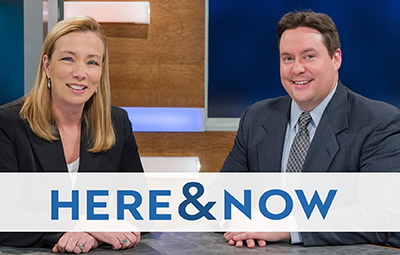


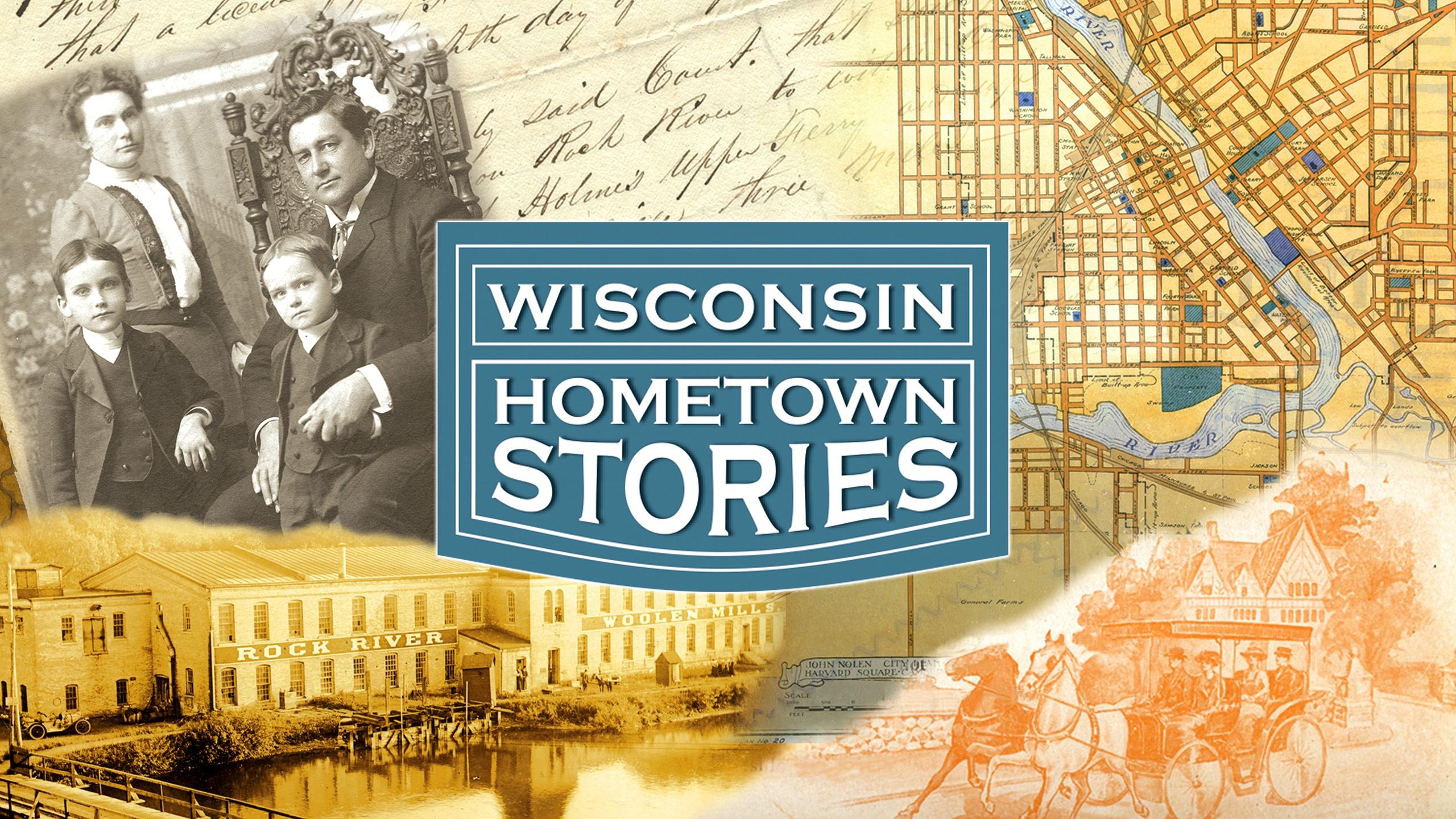


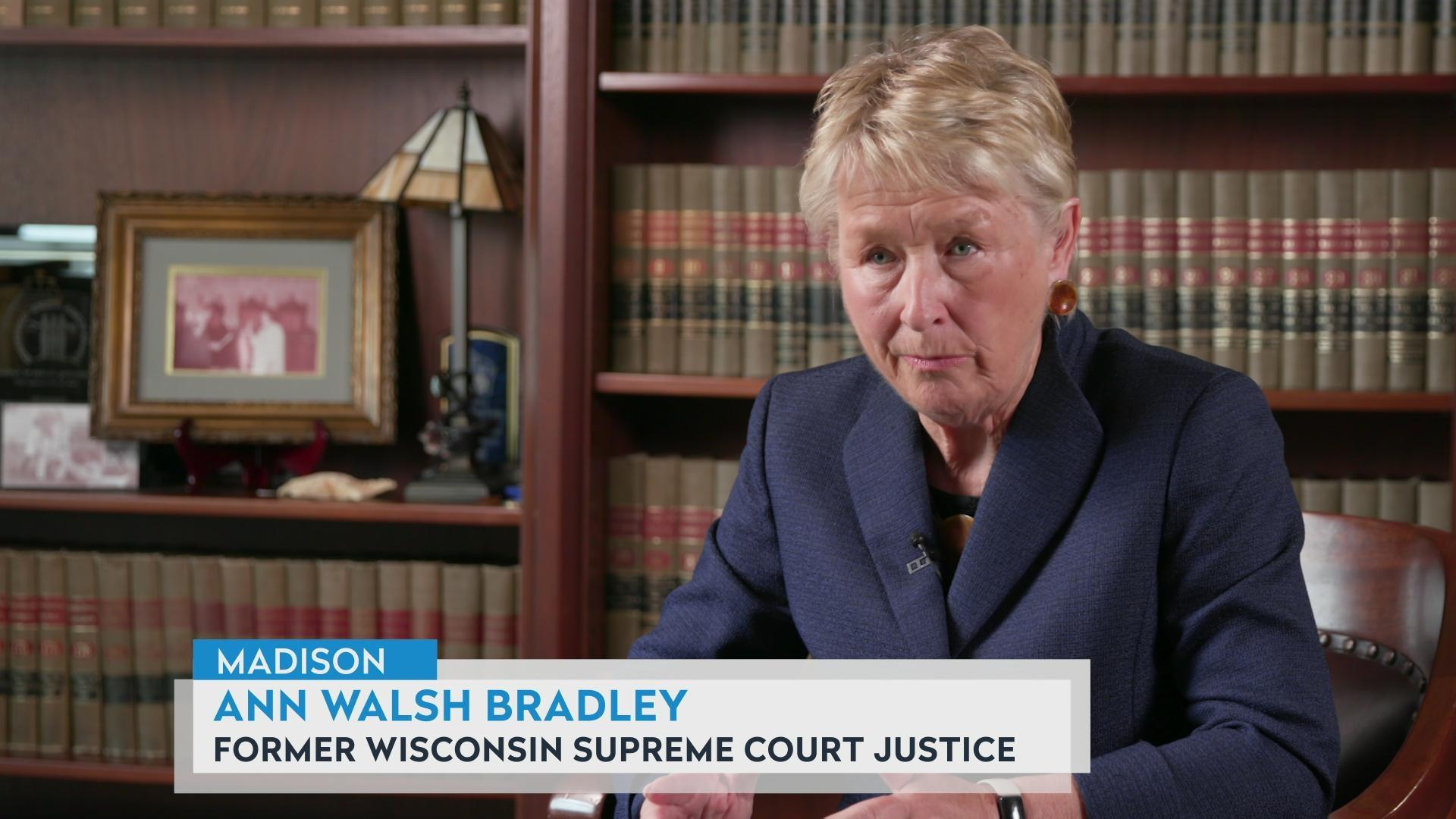
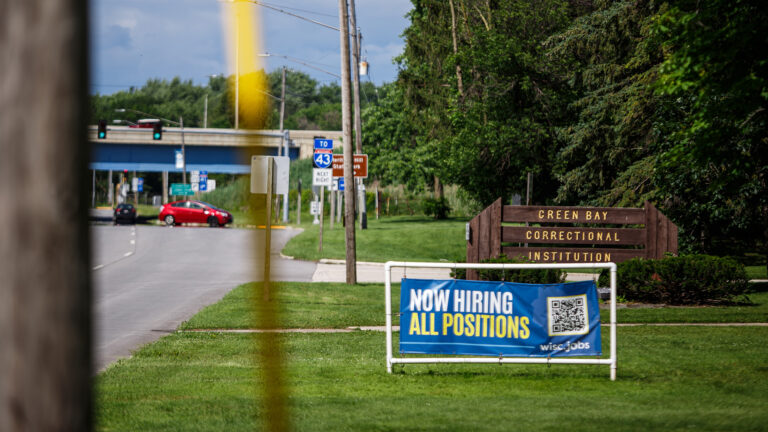
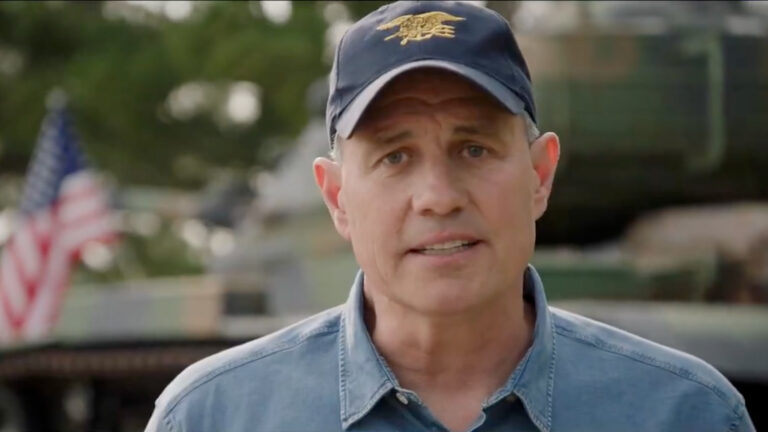
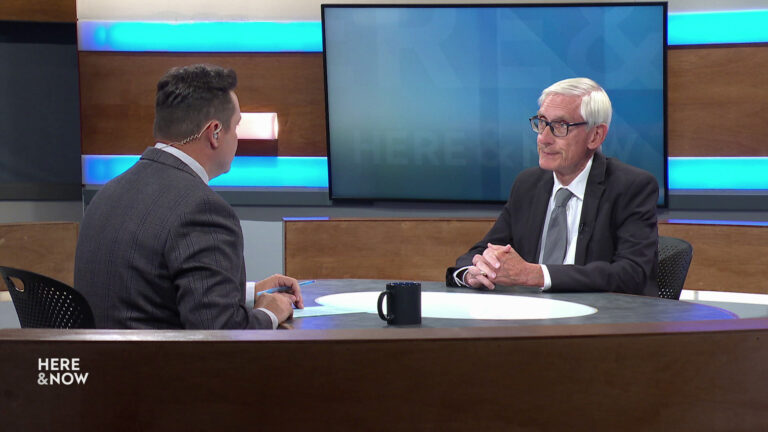
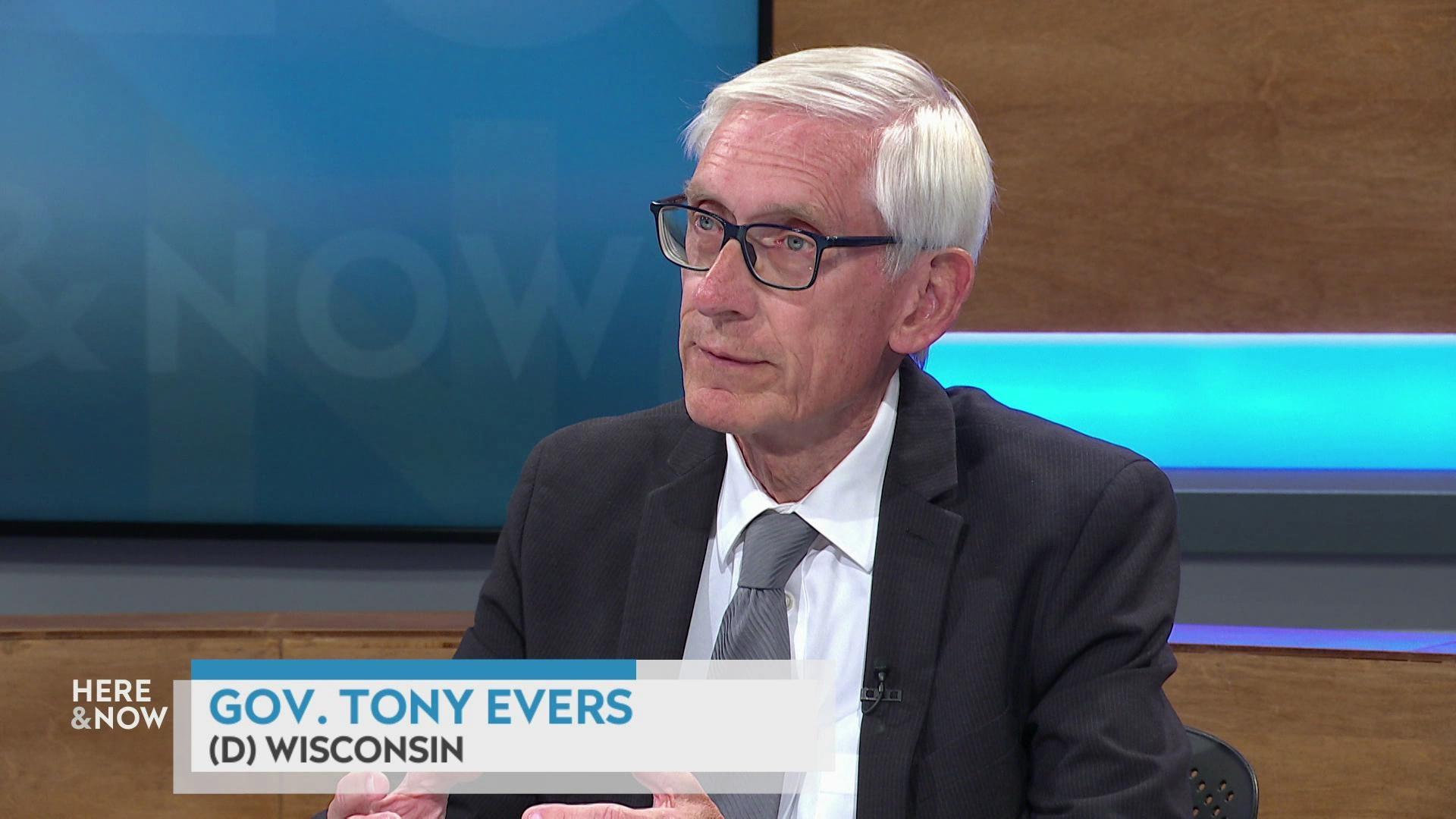
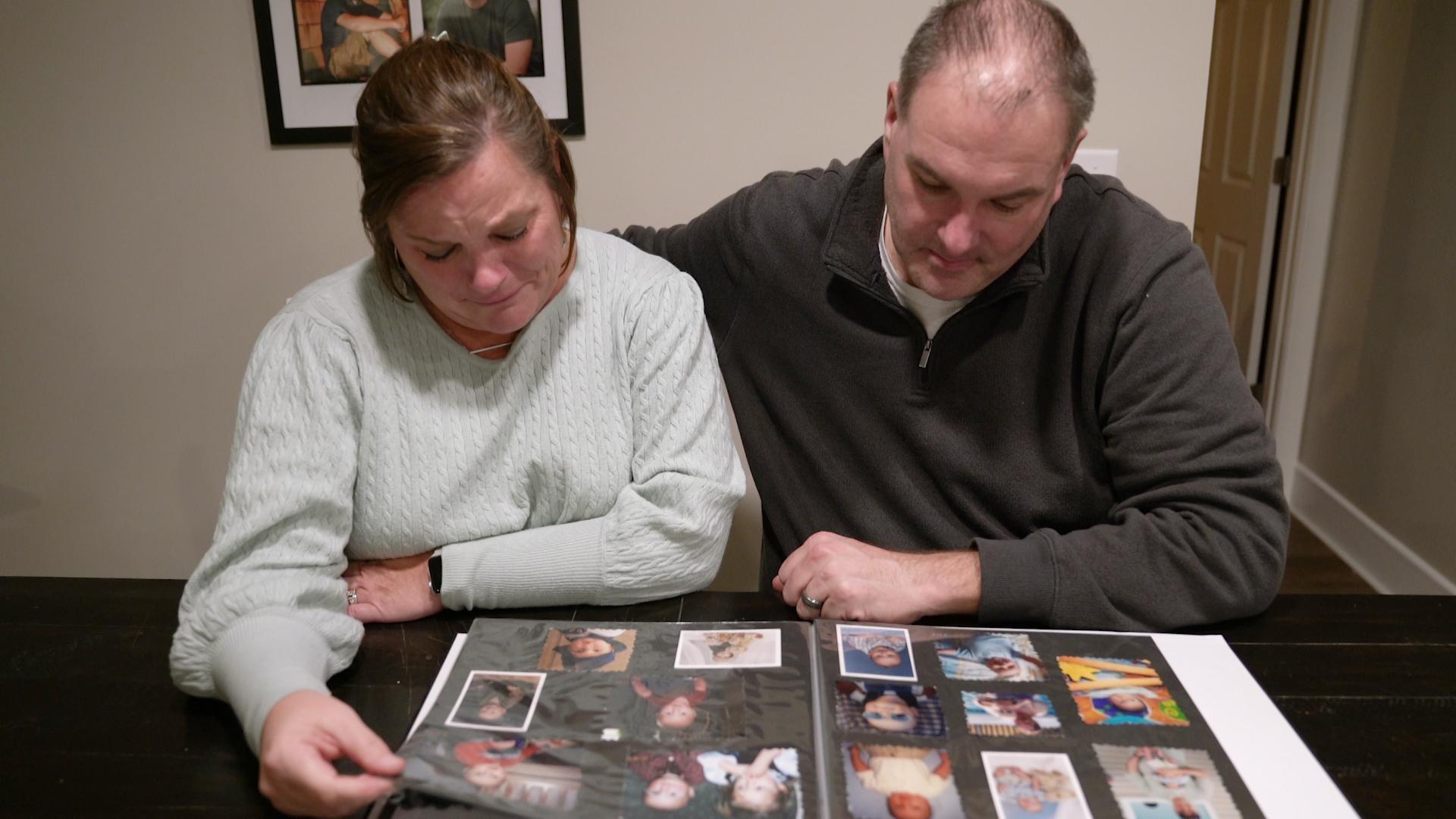
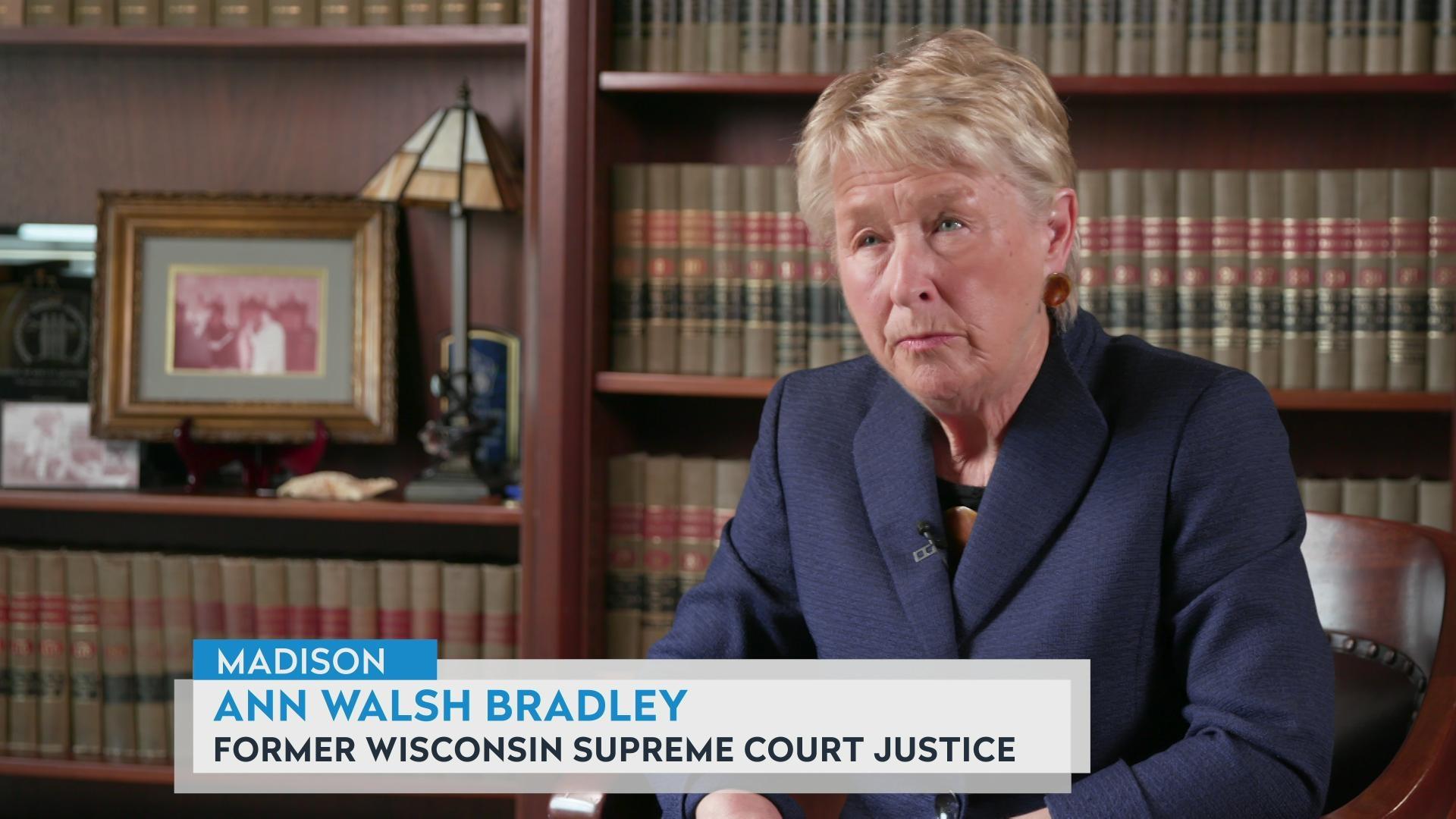
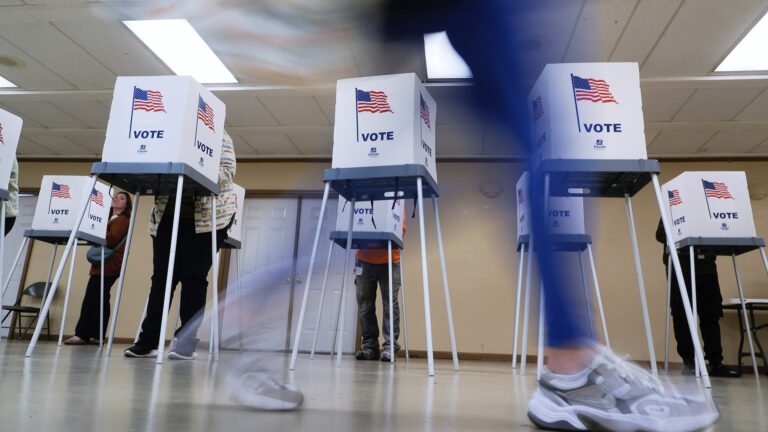
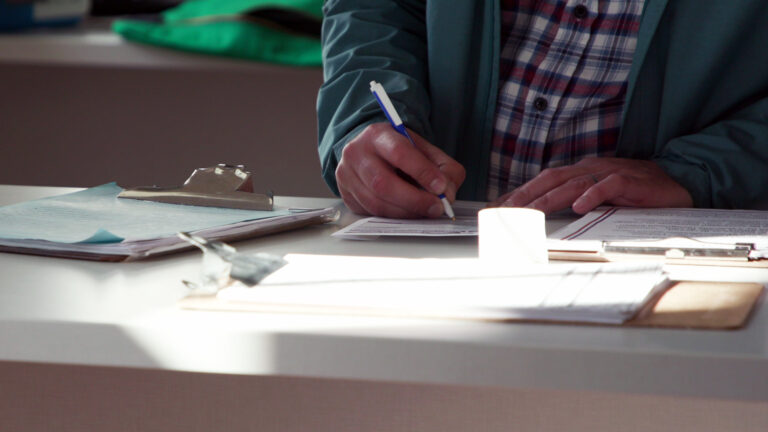
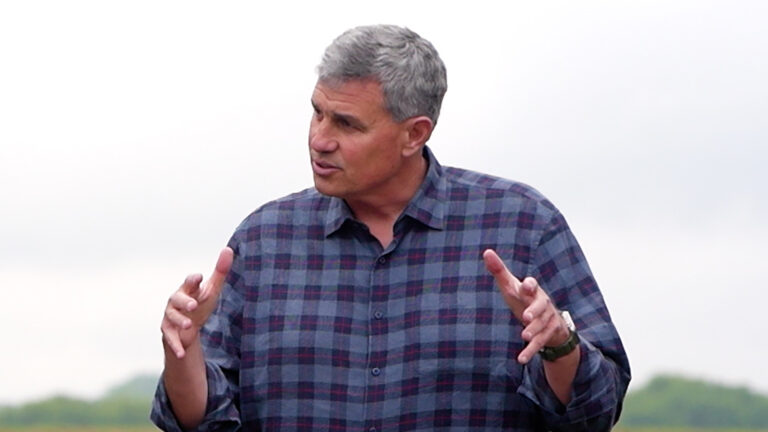
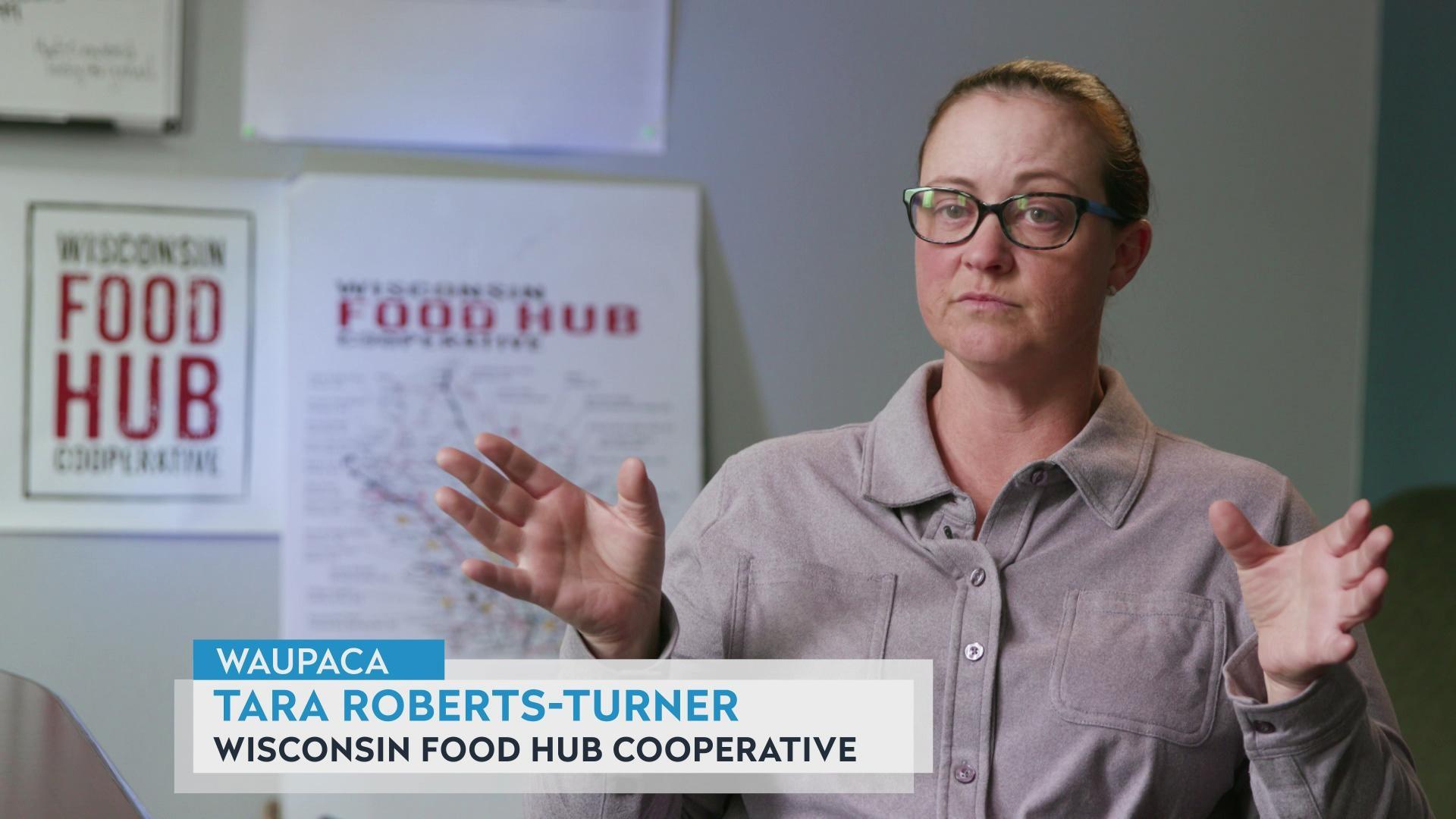
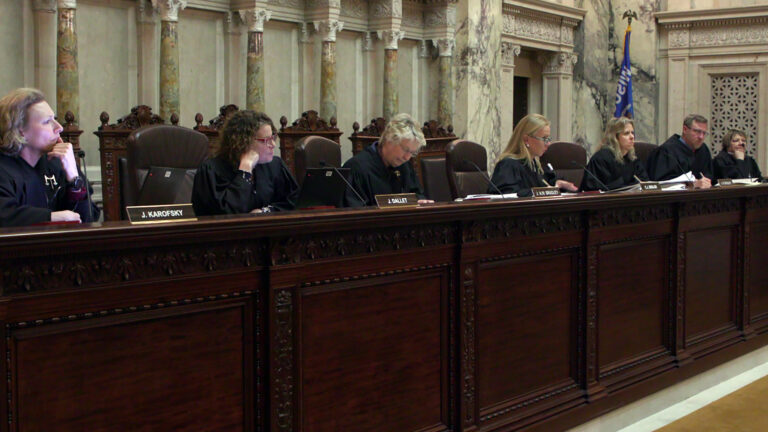

Follow Us